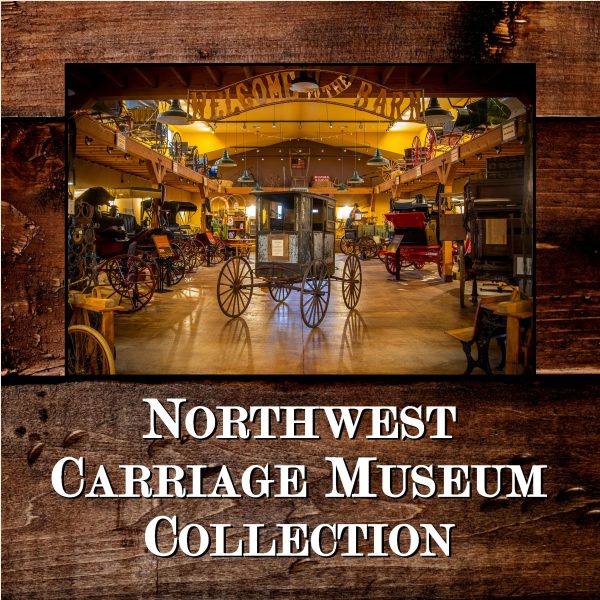When I look at a chuckwagon, I see much more than a range kitchen. Sure the kitchen was there for all the meals, coffee and biscuits for breakfast, beans, biscuits, meat, cobbler and coffee for supper; when the chuckwagon was set up there was always a pot of strong coffee brewing. But the chuckwagon was so much more to the cowhands far from home. While the cowhands were responsible for moving the herd, “Cookie” and his chuckwagon were responsible for moving the cowhands. The trail boss was officially in charge but it was “Cookie” who was always respected, never talked back to and issued most of the orders. After all, he not only fed you but also mended your clothes, had the medical supplies, moved your bedroll and belongings to the next camp, provided the entertainment, provided a place to wash up and shave and, most importantly, always had that pot of coffee going to rinse the trail dust from your throat. On a special occasion, “Cookie” might even break out a jug for a little nip of whiskey. Yea, you never wanted to be on the wrong side of Ol’ Cookie!
The chuckwagon history is interesting. At the end of the civil war, lots of people were moving West and the market for beef expanded greatly. Cattleman, recognizing the need to move large herds without the help of railroads, developed the “trail drive” concept. Moving 1200 to 2000 head of cattle with 10 to 12 cowhands was not easy. Out on the trails for months at a time, these young men endured many hardships but it was “Cookie” and the chuckwagon at the end of the day who supplied the needed comfort. The chuckwagon was the gathering place, and sitting around the campfire, eating a meal, sipping some coffee, the cowhand was home.
 Credit for the chuckwagon goes to Charles Goodnight, a Texas rancher also known as the “father of the panhandle,” who invented it in 1866. Chuckwagons were built on numerous wagon running gears: ours is an 1890s chuckwagon built on a Spingfield Wagon Company gear. Springfield Wagons were known for their quality and durability, were marketed as “The Old Reliable” wagon, and were built from 1873 to 1951. This chuckwagon was used by its previous owners at chuckwagon food competitions throughout the Southwest and has won awards for its authenticity.
Credit for the chuckwagon goes to Charles Goodnight, a Texas rancher also known as the “father of the panhandle,” who invented it in 1866. Chuckwagons were built on numerous wagon running gears: ours is an 1890s chuckwagon built on a Spingfield Wagon Company gear. Springfield Wagons were known for their quality and durability, were marketed as “The Old Reliable” wagon, and were built from 1873 to 1951. This chuckwagon was used by its previous owners at chuckwagon food competitions throughout the Southwest and has won awards for its authenticity.
 If you haven’t seen her, come on in for a visit… our chuckwagon is a real beauty!
If you haven’t seen her, come on in for a visit… our chuckwagon is a real beauty!




